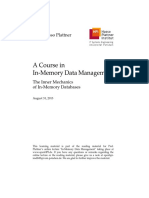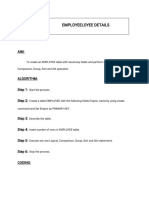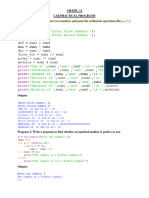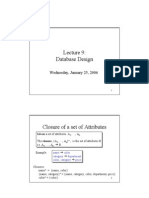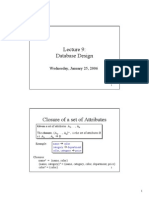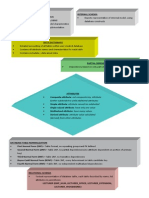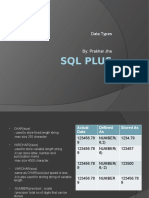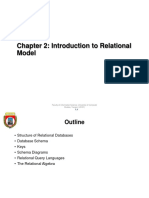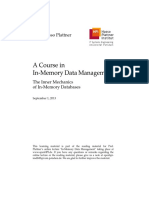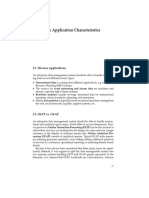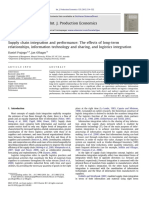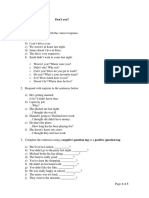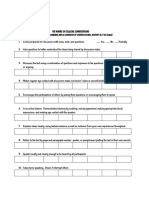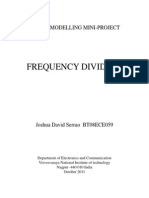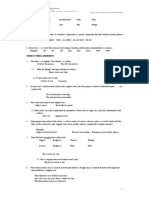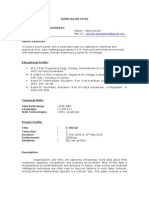0% found this document useful (0 votes)
77 views7 pagesInsert PDF
This document provides an overview of how inserting a new tuple works in an in-memory column-oriented database like SanssouciDB. There are three possible scenarios when inserting: 1) inserting without adding a new entry to the column dictionary, 2) inserting and adding to the dictionary without resorting it, and 3) inserting and adding to the dictionary while resorting it. The document then gives a detailed example of inserting the name "Karen Schulze" into the "world_population" table to demonstrate inserting without adding a new dictionary entry.
Uploaded by
Alexandru MoldovanCopyright
© © All Rights Reserved
We take content rights seriously. If you suspect this is your content, claim it here.
Available Formats
Download as PDF, TXT or read online on Scribd
0% found this document useful (0 votes)
77 views7 pagesInsert PDF
This document provides an overview of how inserting a new tuple works in an in-memory column-oriented database like SanssouciDB. There are three possible scenarios when inserting: 1) inserting without adding a new entry to the column dictionary, 2) inserting and adding to the dictionary without resorting it, and 3) inserting and adding to the dictionary while resorting it. The document then gives a detailed example of inserting the name "Karen Schulze" into the "world_population" table to demonstrate inserting without adding a new dictionary entry.
Uploaded by
Alexandru MoldovanCopyright
© © All Rights Reserved
We take content rights seriously. If you suspect this is your content, claim it here.
Available Formats
Download as PDF, TXT or read online on Scribd
/ 7

